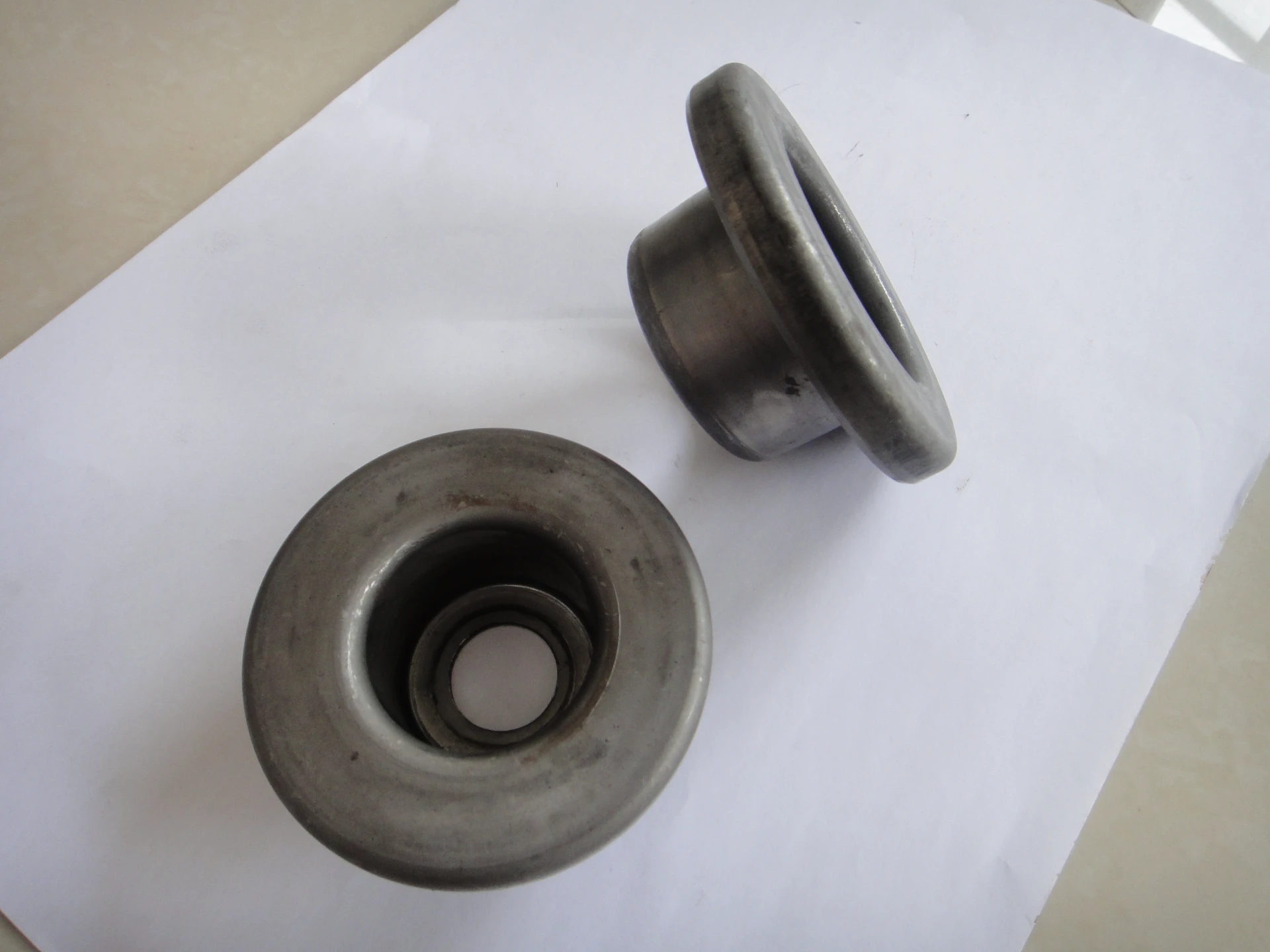 Afrikaans
Afrikaans  Albanian
Albanian  Amharic
Amharic  Arabic
Arabic  Armenian
Armenian  Azerbaijani
Azerbaijani  Basque
Basque  Belarusian
Belarusian  Bengali
Bengali  Bosnian
Bosnian  Bulgarian
Bulgarian  Catalan
Catalan  Cebuano
Cebuano  Corsican
Corsican  Croatian
Croatian  Czech
Czech  Danish
Danish  Dutch
Dutch  English
English  Esperanto
Esperanto  Estonian
Estonian  Finnish
Finnish  French
French  Frisian
Frisian  Galician
Galician  Georgian
Georgian  German
German  Greek
Greek  Gujarati
Gujarati  Haitian Creole
Haitian Creole  hausa
hausa  hawaiian
hawaiian  Hebrew
Hebrew  Hindi
Hindi  Miao
Miao  Hungarian
Hungarian  Icelandic
Icelandic  igbo
igbo  Indonesian
Indonesian  irish
irish  Italian
Italian  Japanese
Japanese  Javanese
Javanese  Kannada
Kannada  kazakh
kazakh  Khmer
Khmer  Rwandese
Rwandese  Korean
Korean  Kurdish
Kurdish  Kyrgyz
Kyrgyz  Lao
Lao  Latin
Latin  Latvian
Latvian  Lithuanian
Lithuanian  Luxembourgish
Luxembourgish  Macedonian
Macedonian  Malgashi
Malgashi  Malay
Malay  Malayalam
Malayalam  Maltese
Maltese  Maori
Maori  Marathi
Marathi  Mongolian
Mongolian  Myanmar
Myanmar  Nepali
Nepali  Norwegian
Norwegian  Norwegian
Norwegian  Occitan
Occitan  Pashto
Pashto  Persian
Persian  Polish
Polish  Portuguese
Portuguese  Punjabi
Punjabi  Romanian
Romanian  Russian
Russian  Samoan
Samoan  Scottish Gaelic
Scottish Gaelic  Serbian
Serbian  Sesotho
Sesotho  Shona
Shona  Sindhi
Sindhi  Sinhala
Sinhala  Slovak
Slovak  Slovenian
Slovenian  Somali
Somali  Spanish
Spanish  Sundanese
Sundanese  Swahili
Swahili  Swedish
Swedish  Tagalog
Tagalog  Tajik
Tajik  Tamil
Tamil  Tatar
Tatar  Telugu
Telugu  Thai
Thai  Turkish
Turkish  Turkmen
Turkmen  Ukrainian
Ukrainian  Urdu
Urdu  Uighur
Uighur  Uzbek
Uzbek  Vietnamese
Vietnamese  Welsh
Welsh  Bantu
Bantu  Yiddish
Yiddish  Yoruba
Yoruba  Zulu
Zulu Understanding the Importance of Idler Rollers in Mechanical Systems
Understanding Idler Rollers Key Components in Conveyor Systems
Idler rollers are fundamental components in conveyor systems, playing a crucial role in transporting materials efficiently across various industries. These cylindrical devices are strategically placed along conveyor belts to support, guide, and stabilize the movement of materials. Their importance cannot be overstated, as they contribute significantly to the overall performance and reliability of conveyor systems.
The Function of Idler Rollers
The primary function of idler rollers is to provide support to the conveyor belt, ensuring it maintains its shape and alignment as it moves. This support helps prevent sagging and minimizes the risk of belt damage, which can lead to costly downtimes. Additionally, idler rollers facilitate the smooth movement of the belt, reducing friction and wear on both the belt and the rollers themselves.
Idler rollers come in various designs and materials to cater to different operational needs. The most common types include flat idlers, which support the belt on its carrying side, and troughing idlers, which form a 'V' shape that helps contain loose materials. The choice of roller type largely depends on the specific application, such as handling bulk materials, package conveyance, or transporting heavy objects.
Materials and Designs
Idler rollers are typically constructed from steel, plastic, or rubber, each providing unique benefits based on the environment in which they are used. Steel rollers are incredibly durable and ideal for heavy-duty applications, while plastic rollers are lighter and resistant to corrosion, making them suitable for food processing or chemical industries. Rubber-lined rollers can offer additional grip and reduce noise levels during operation.
The design of idler rollers impacts their performance and longevity
. Rollers may be fitted with bearings that determine their rotational efficiency and ease of movement. High-quality bearings can significantly reduce energy consumption and maintenance costs, highlighting the importance of selecting the right components for a conveyor system.idler roller

Maintenance Considerations
Proper maintenance of idler rollers is essential to ensure the efficiency and longevity of the conveyor system. Regular inspections should be conducted to identify signs of wear, such as misalignment, wobbling, or unusual noises. Any issues detected should be addressed promptly to prevent more severe damage to the conveyor system.
Lubrication is another critical aspect of roller maintenance. Regularly applying the appropriate lubricant to bearings can reduce friction and prolong the life of the rollers. Additionally, keeping the rollers clean from debris and contaminants is crucial, as buildup can lead to increased wear and decreased efficiency.
Applications Across Industries
Idler rollers are versatile and find applications across a wide range of industries, including mining, manufacturing, agriculture, and logistics. In mining, they facilitate the transportation of ores and minerals, while in manufacturing, they are essential in assembly lines for moving products from one stage to another. The agricultural sector utilizes idler rollers in grain handling systems, and logistics companies rely on them for efficient package movement in warehouses.
Conclusion
In summary, idler rollers are indispensable components of conveyor systems, providing essential support and facilitating smooth material handling across various industries. Understanding their function, design, and maintenance requirements can help businesses enhance their operational efficiency and reduce downtime. As technology advances, idler roller designs continue to evolve, incorporating innovative materials and engineering techniques to meet the ever-increasing demands of modern industry. Investing in high-quality idler rollers and adhering to a robust maintenance schedule can yield significant long-term benefits for any organization reliant on conveyor systems, ensuring that operations run smoothly and efficiently.
-
Revolutionizing Conveyor Reliability with Advanced Rubber Lagging PulleysNewsJul.22,2025
-
Powering Precision and Durability with Expert Manufacturers of Conveyor ComponentsNewsJul.22,2025
-
Optimizing Conveyor Systems with Advanced Conveyor AccessoriesNewsJul.22,2025
-
Maximize Conveyor Efficiency with Quality Conveyor Idler PulleysNewsJul.22,2025
-
Future-Proof Your Conveyor System with High-Performance Polyurethane RollerNewsJul.22,2025
-
Driving Efficiency Forward with Quality Idlers and RollersNewsJul.22,2025





























